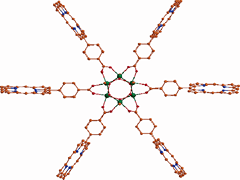Structure and energetic properties of base pair mismatches in duplex RNA have been the focus of numerous investigations due to their role in many important biological functions. Such efforts have contributed to the development of models for secondary structure prediction of RNA, including the nearest-neighbor model. In RNA duplexes containing GU mismatches, 5′-GU-3′ tandem mismatches have a different thermodynamic stability than 5′-UG-3′ mismatches. In addition, 5′-GU-3′ mismatches in some sequence contexts do not follow the nearest-neighbor model for stability. To characterize the underlying atomic forces that determine the structural and thermodynamic properties of GU tandem mismatches, molecular dynamics (MD) simulations were performed on a series of 5′-GU-3′ and 5′-UG-3′ duplexes in different sequence contexts. Overall, the MD-derived structural models agree well with experimental data, including local deviations in base step helicoidal parameters in the region of the GU mismatches and the model where duplex stability is associated with the pattern of GU hydrogen bonding. Further analysis of the simulations, validated by data from quantum mechanical calculations, suggests that the experimentally observed differences in thermodynamic stability are dominated by GG interstrand followed by GU intrastrand base stacking interactions that dictate the one versus two hydrogen bonding scenarios for the GU pairs. In addition, the inability of 5′-GU-3′ mismatches in different sequence contexts to all fit into the nearest-neighbor model is indicated to be associated with interactions of the central four base pairs with the surrounding base pairs. The results emphasize the role of GG and GU stacking interactions on the structure and thermodynamics of GU mismatches in RNA.



